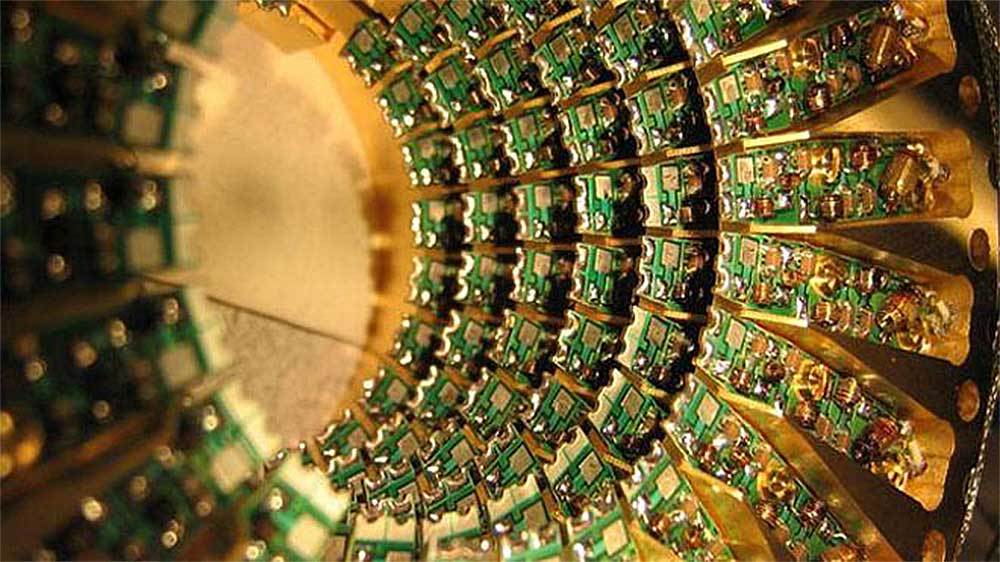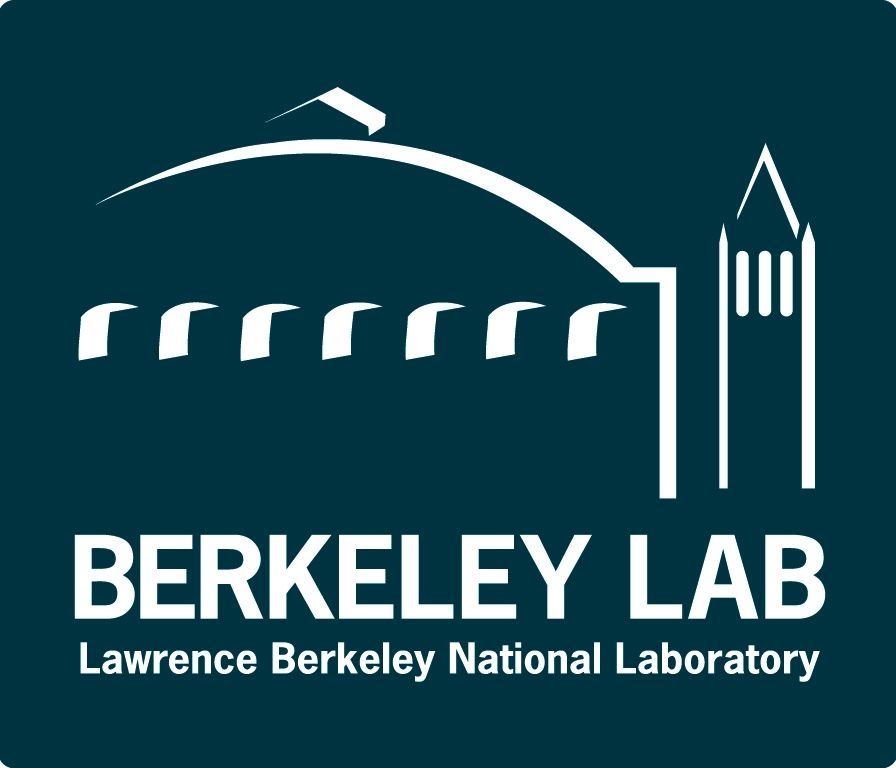May 27, 2016
AI ‘doctors’ will diagnose your X-rays
Posted by Shailesh Prasad in categories: biotech/medical, health, robotics/AI, supercomputing
An Israeli medical imaging company has signed a deal with a Utah-based healthcare provider that could change the way we diagnose certain conditions. Zebra Medical Imaging is teaming up with Intermountain to work on a neural network that will compare fresh X-rays with the “millions” stored in its own database. The eventual aim of the project is to offer up suggestions to radiographers and other medical professionals and eliminate costly misdiagnoses.
For instance, let’s imagine that you’ve gone to hospital for some unknown condition and you get an X-ray. Rather than handing the slide to a doctor, who could miss a small shadow or other minor clue, the image would be handed to the computer. It would use deep learning to trawl an anonymized patient database looking for any anomalies that you might be suffering from. The current system will work on bone health, cardiovascular analysis and lung conditions, although who knows where the possibilities will end.
As deep learning technology gets more powerful, smaller and significantly cheaper, the potential for AI to assist doctors becomes more realistic. IBM has spent the last few years pushing Watson, its homegrown supercomputer, as a system to aid decision making for patients. At the same time, companies like LG are trying to shrink medical imaging technology to end the days of bulky hospital equipment being available for a chosen few. All in all, the idea of a medical tricorder is going from fantastical to plausible in less time than you’d expect.


















